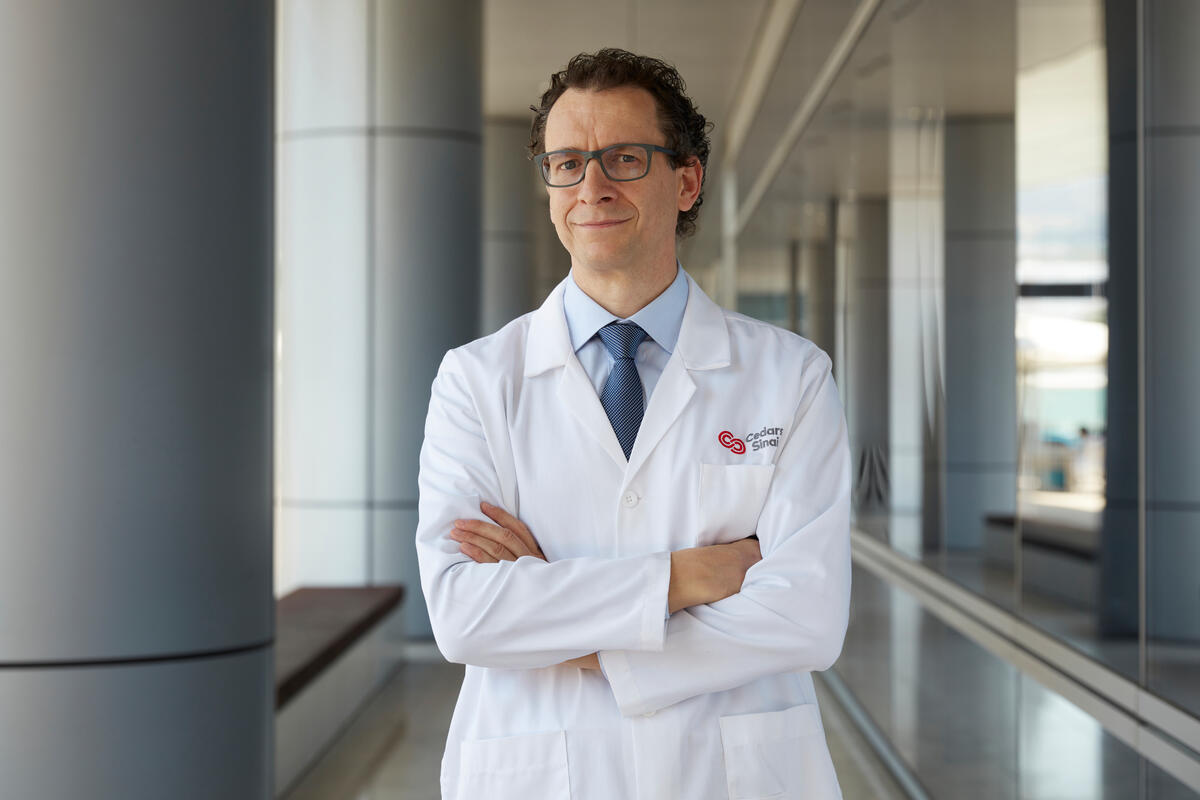Panos Antsaklis, the H. Clifford and Evelyn A. Brosey Professor in the Department of Electrical Engineering, said, “Regarding AI, the biggest concern, I think, are unintended consequences.”
Antsaklis examines ways to design engineering systems that exhibit high degrees of autonomy in performing various tasks, like autonomous vehicles. AI methods are essential in achieving high autonomy.
“Recent developments, such as ChatGPT, have made it easier to generate convincing disinformation about an individual, a group, political party, country,” he said. “Identifying this kind of disinformation is getting harder, requiring a higher degree of knowledge most users — including young people — simply do not have. These are serious concerns that media companies and government agencies need to address as soon as possible. Generating inaccurate information may not always be malicious, but it can be generated because of a lack of understanding the limitations of these software programs.”
The biggest successes of AI systems, he added, are in dealing with large amounts of data using neural networks and deep learning, but in critical applications they are not yet fully trusted to make decisions on their own.
“Algorithms searching many databases, for example, may identify an area of concern in the medical imaging of a patient and suggest the doctor look closer to decide whether an operation is necessary. The program is used as a support tool, but it’s not entrusted yet to make the critical decision on its own. We humans, on the other hand, are very good at making correct decisions under uncertainty.”
In autonomous vehicles, there are specific limited goals to be achieved under uncertainty. Not all are critical, but decisions should be made on the fly based on limited data, like the driver is able to do.
“For increased levels of autonomy in vehicles, we need methods to identify changes, use machine learning to update the model and use control reconfiguration to design new controllers. The decisions the system makes should be correct the first time and every time, or at least as good as the decisions made by an expert driver. This is very challenging, but progress is being made.”



